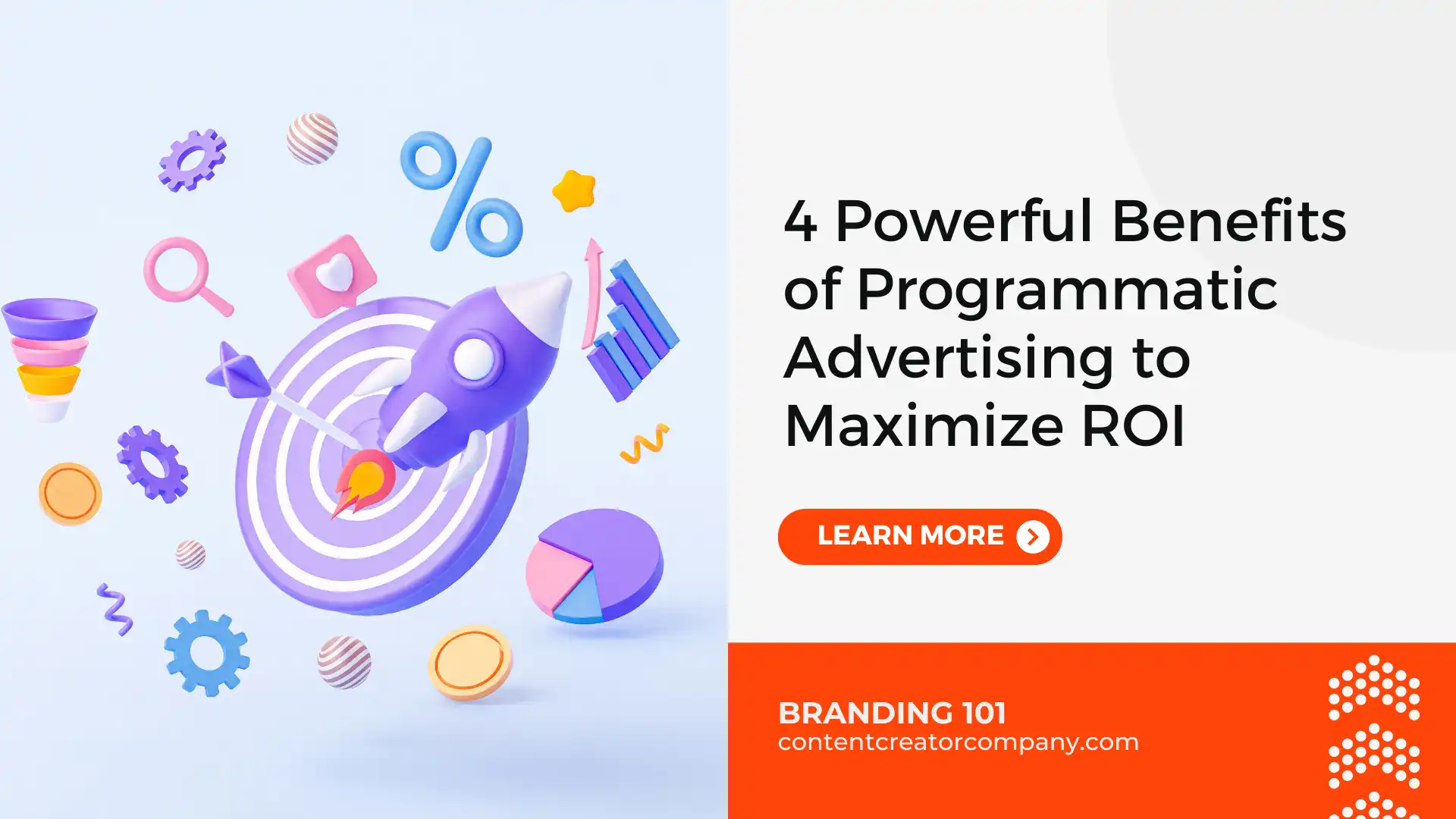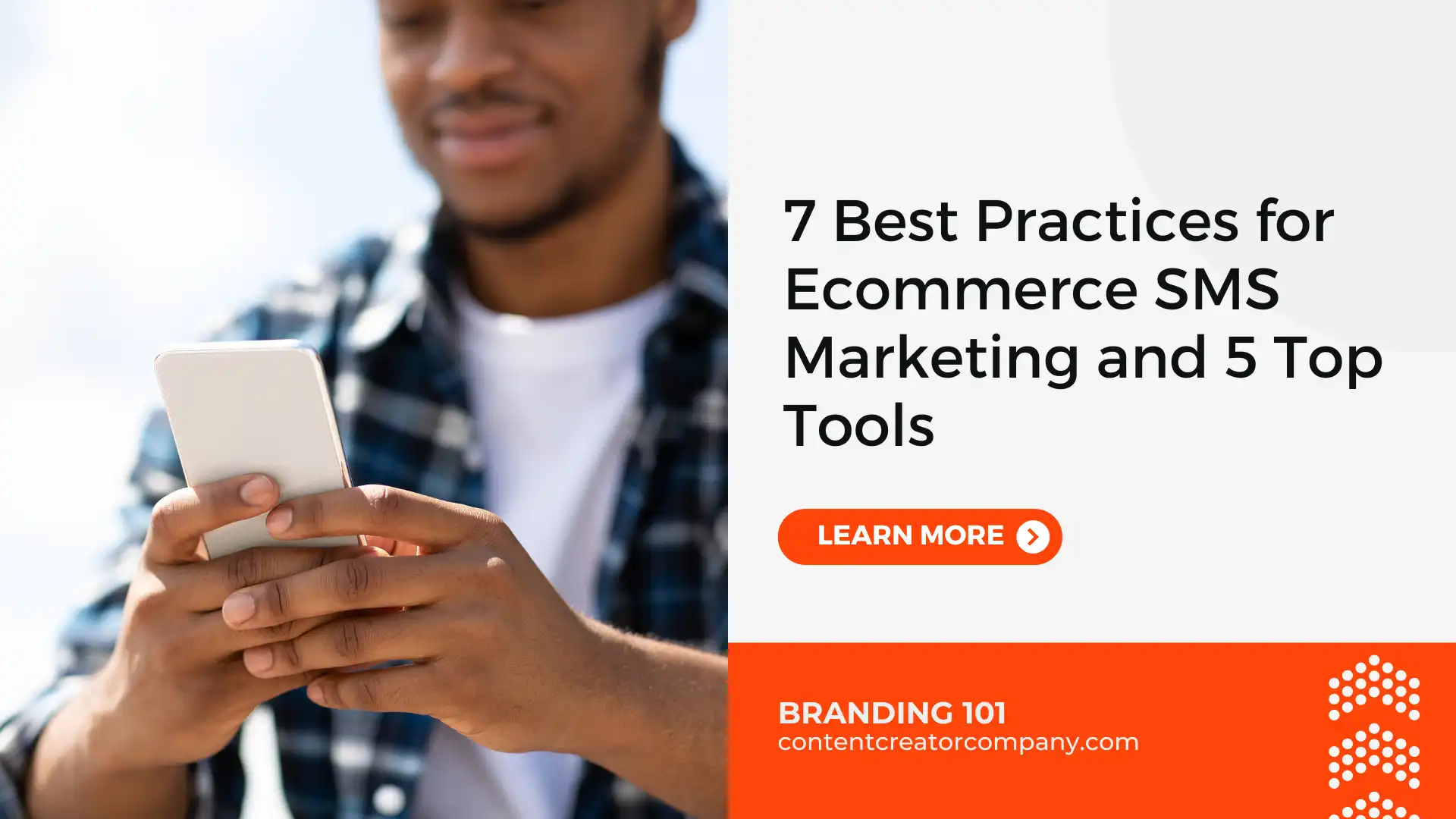
Programmatic advertising has emerged as a game-changer, offering businesses a more efficient, targeted, and cost-effective way to reach their desired audiences.
As technology continues to shape the advertising landscape, understanding the powerful benefits of programmatic advertising has become essential for companies seeking to stay ahead of the curve.
Table of Contents
What is Programmatic Advertising?
Programmatic advertising is a data-driven approach to buying and selling digital advertising space in real time. It utilizes advanced algorithms and machine learning to automate the process of ad buying and placement across various platforms and channels, such as display, video, mobile, and social media.
One of the key advantages of programmatic advertising is its ability to target specific audiences based on a wide range of criteria, including demographics, interests, behaviors, and online activities.
By leveraging data and machine learning, programmatic platforms can deliver highly relevant and personalized ad experiences to the right people at the right time, increasing the chances of engagement and conversion.
Benefits of Programmatic Advertising
Increased Efficiency and Cost-Effectiveness
Programmatic advertising streamlines the ad buying and selling process, eliminating the need for manual negotiations and time-consuming processes.
With automated real-time bidding, advertisers can efficiently purchase ad inventory across multiple channels and platforms, ensuring their ads reach the right audiences at the most optimal times.
By automating various aspects of the advertising process, programmatic advertising helps reduce operational costs associated with manual ad buying and placement. This includes costs related to human resources, time, and potential errors, resulting in significant cost savings for businesses.
Better Targeting and Personalization
Programmatic advertising leverages advanced data analytics and machine learning algorithms to gather and analyze vast amounts of user data, including browsing behaviors, demographics, interests, and past interactions.
This data-driven approach enables advertisers to create highly targeted and personalized ad campaigns tailored to specific audience segments, increasing the likelihood of engagement and conversion.
When programmatic advertising combines data insights with real-time bidding, programmatic advertising allows for the delivery of highly customized ad experiences.
Advertisers can dynamically adjust ad creative, messaging, and placements based on individual user preferences and behaviors, resulting in a more relevant and engaging advertising experience.
Improved Campaign Performance and ROI
Programmatic advertising platforms use sophisticated algorithms to analyze vast amounts of data and determine the most effective ad placements across various channels and devices.
This optimization ensures that ads are shown to the right audiences at the right times, increasing the chances of engagement and conversion, ultimately leading to better campaign performance and return on investment (ROI).
One of the key advantages of programmatic advertising is its ability to make real-time adjustments to campaigns based on performance data.
Advertisers can quickly pivot their strategies, reallocate budgets, and optimize ad placements based on real-time insights, ensuring that campaigns remain effective and efficient throughout their lifespan.
Scalability and Reach
Programmatic advertising platforms provide advertisers with access to a vast global ad inventory across various channels and platforms. This scalability allows businesses to reach audiences beyond traditional boundaries, expanding their reach and potential customer base.
Programmatic advertising enables seamless cross-channel advertising, allowing advertisers to deliver consistent and coordinated ad experiences across multiple platforms, such as display, video, mobile, and social media.
This integrated approach ensures a cohesive brand experience and maximizes the chances of engagement and conversion.
Challenges and Considerations

Ad Fraud and Brand Safety
While programmatic advertising offers numerous benefits, it is not without challenges. Ad fraud, such as bot traffic and invalid impressions, remains a concern, as it can lead to wasted ad spend and damage brand reputation.
Advertisers must implement robust fraud detection and prevention measures to ensure their campaigns are delivered to legitimate audiences.
Data Privacy and Compliance
As data plays a crucial role in programmatic advertising, privacy and compliance with data protection regulations like the General Data Protection Regulation (GDPR) and the California Consumer Privacy Act (CCPA) are critical considerations.
Advertisers must ensure they are collecting and using data responsibly while respecting user privacy preferences.
Transparency and Control
Some advertisers may be concerned about the lack of transparency and control in programmatic advertising, as algorithms and automated processes can sometimes obscure the specifics of ad placements and targeting.
Advertisers should work with reputable programmatic platforms that offer transparent reporting and control over campaign settings.
The Future of Programmatic Advertising
As technology continues to evolve, programmatic advertising is poised for further growth and innovation. Advancements in artificial intelligence, machine learning, and data analytics will enable even more precise targeting, personalization, and optimization.
Additionally, the integration of emerging technologies like augmented reality, virtual reality, and the Internet of Things (IoT) will open new avenues for programmatic advertising, offering immersive and contextualized ad experiences.
4 Powerful Benefits of Programmatic Advertising Conclusion
Programmatic advertising has revolutionized the way businesses approach digital advertising, offering a powerful combination of efficiency, targeting, personalization, and scalability.
By leveraging automation, data-driven insights, and real-time optimization, programmatic advertising empowers advertisers to reach the right audiences with the right messages at the right times, maximizing engagement and driving better campaign performance and ROI.
As the digital advertising landscape continues to evolve, embracing programmatic advertising has become increasingly essential for businesses seeking to stay competitive and deliver meaningful, impactful ad experiences to their target audiences.
With its numerous benefits and the potential for further innovation, programmatic advertising is poised to shape the future of digital marketing for years to come.
FAQs on Benefits of Programmatic Advertising
Q1: What is the difference between programmatic advertising and traditional advertising?
Programmatic advertising is a data-driven, automated approach to buying and selling digital ad inventory in real time, while traditional advertising relies on manual negotiation and placement processes.
Q2: How does programmatic advertising ensure better targeting?
Programmatic advertising platforms leverage advanced data analytics and machine learning algorithms to gather and analyze user data, enabling highly targeted and personalized ad campaigns tailored to specific audience segments.
Q3: How does programmatic advertising improve campaign performance and ROI?
By optimizing ad placements, making real-time adjustments, and leveraging data insights, programmatic advertising helps improve campaign performance and maximize return on investment (ROI) for advertisers.
Q4: What are some common challenges associated with programmatic advertising?
Some challenges include ad fraud, brand safety concerns, data privacy and compliance issues, and a potential lack of transparency and control over the ad buying and placement process.
Q5: How does programmatic advertising support cross-channel advertising?
Programmatic advertising platforms enable seamless cross-channel advertising, allowing advertisers to deliver consistent and coordinated ad experiences across multiple platforms, such as display, video, mobile, and social media.
Q6: What role does automation play in programmatic advertising?
Automation is a key component of programmatic advertising, enabling real-time bidding, ad buying and selling, and efficient ad delivery across various channels and platforms.
Q7: How does programmatic advertising contribute to scalability and reach?
By providing access to a vast global ad inventory across various channels, programmatic advertising allows businesses to scale their campaigns and reach audiences beyond traditional boundaries, expanding their potential customer base.
Q8: What is the future of programmatic advertising?
The future of programmatic advertising is likely to involve advancements in artificial intelligence, machine learning, and data analytics, enabling even more precise targeting, personalization, and optimization.
Additionally, the integration of emerging technologies like augmented reality, virtual reality, and the Internet of Things (IoT) will open new avenues for immersive and contextualized ad experiences.
Crafting a Powerful Programmatic Advertising Strategy Goes Beyond Just Targeting the Right Audience
It’s about conveying your brand’s identity in every digital interaction. Our brand identity services are the cornerstone of effective programmatic advertising, ensuring that every ad campaign reflects your brand’s values, personality, and unique selling points.
With our expertise in both brand identity and programmatic advertising, we’ll help you create campaigns that not only drive results but also strengthen your brand’s presence in the digital landscape.
From defining your brand voice to designing visually compelling ads, we’ll work closely with you to ensure that every aspect of your programmatic advertising aligns seamlessly with your brand identity.
Ready to elevate your advertising game and make a lasting impression on your audience? Partner with us today and let’s create a programmatic advertising strategy that sets your brand apart from the competition.





